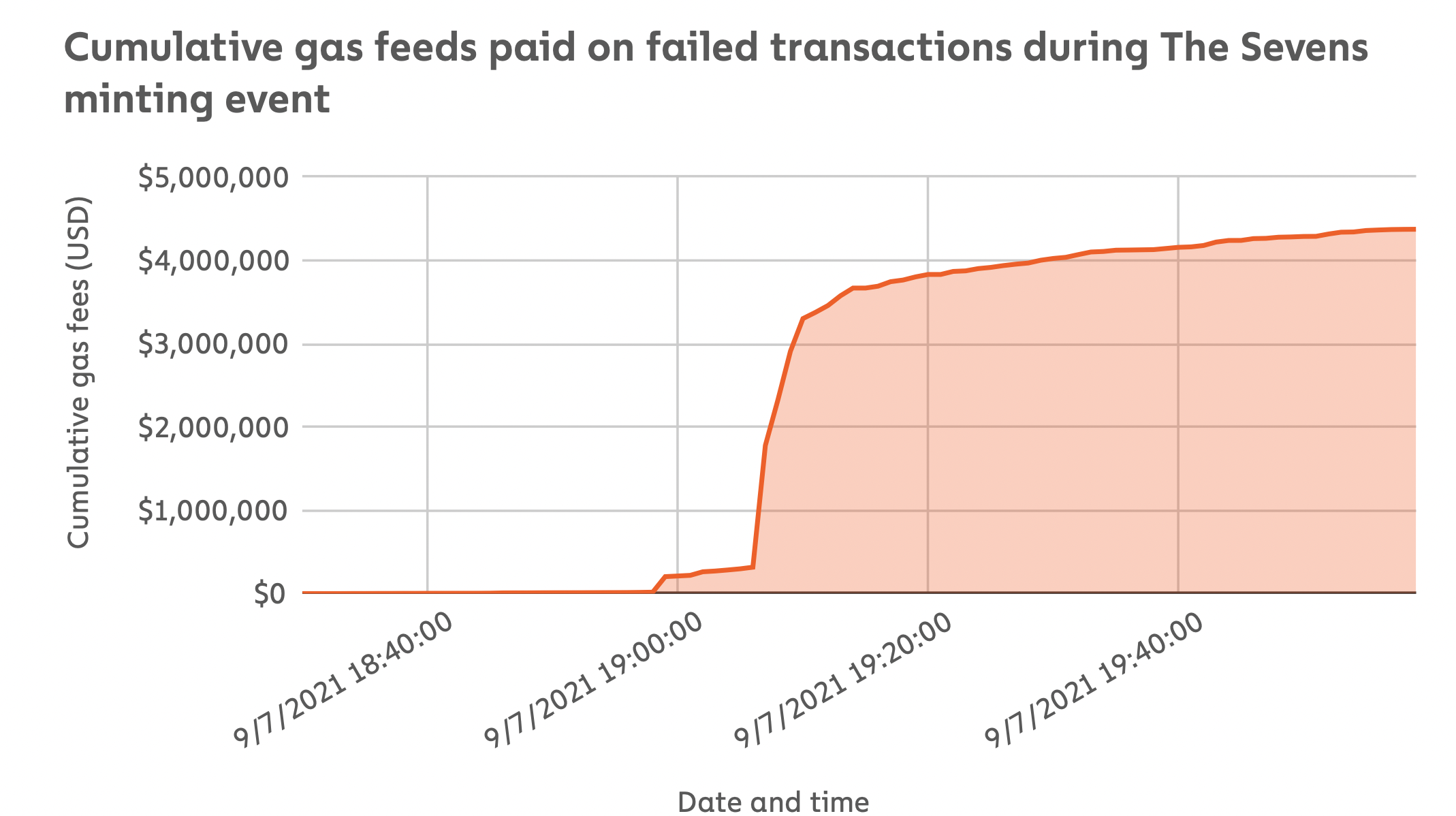Here are the traits of a successful NFT trader

Since the NFT sector is known for both famous collections and individual works by artists, it’s easy to view the market in fragments. However, Chainalysis’ 2021 NFT Market Report sheds light on broader trading trends and investor behavior.
Time to ‘Gogh’ into the facts
Experts and analysts are fond of describing the NFT ‘summer’ or NFT ‘boom’ of 2021. But, when exactly did this come about? Chainalysis’ report pointed out a “noticeable spike” starting from the final week of August after the Bored Ape Yacht Club released a new collection.
Coming to marketplaces, OpenSea was a clear winner after it fished in more than $16 billion in crypto, just this year alone. Meanwhile, Ethereum smart contracts ERC-721 and ERC-1155 bagged $26.9 billion in crypto.
When considering NFT buyers across the world, readers might be surprised to learn that there’s no obvious victor. While North America and Central/Southern Asia recorded significant rates of web traffic to NFT marketplaces, other regions also saw rising and falling numbers in 2021.

Source: Chainalysis
The report stated,
“The numbers suggest that like conventional cryptocurrency, NFTs have achieved global popularity, with no region making up more than 40% of monthly web visits since March 2021.”
‘Brush’ up on your strategies
So, readers might be wondering – What does a successful NFT trader look like? According to Chainalysis’ report, they’re likely to be creators who whitelist users – or add some investors to a special list so they can grab NFT goods at a discount. What’s more, this can be highly lucrative. Chainalysis observed,
“OpenSea data shows that users who make the whitelist and later sell their newly-minted NFT gain a profit 75.7% of the time, versus just 20.8% for users who do so without being whitelisted.”
Another strategy is NFT flipping, which affects both NFT series and addresses doing the flipping. Here, there is a striking collection of stakeholders who dominate the re-sale of NFTs. The report noted,
“20% of user addresses on OpenSea account for 80% of secondary NFT sales, while just 5% of all addresses account for 80% of profits made on secondary sales.”
Other factors that helped influence profits were trading experience and spreading capital across NFT collections. Additionally, most NFT traders who are doing well seem to prefer DeFi platforms.
A lot of ‘Monet’ needed
All said and done, NFTs are far from art therapy while gas fees and failed transaction fees continue to challenge users. These glitches can result in serious profit losses or even millions of dollars in fees.

Source: Chainalysis
To resolve this situation, the report proposed minting NFTs on Layer 2 platforms before letting users move the purchased assets to the blockchain.






